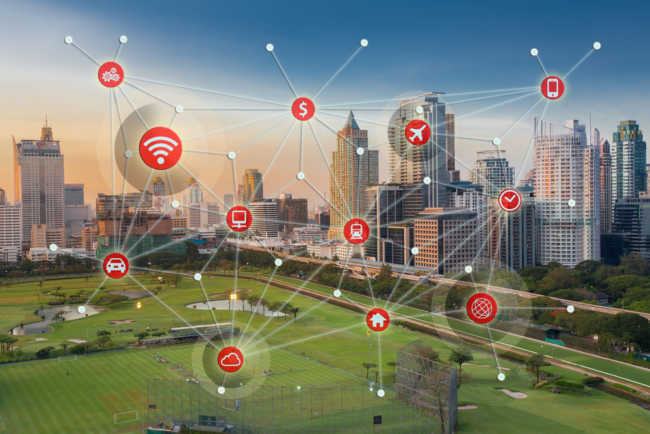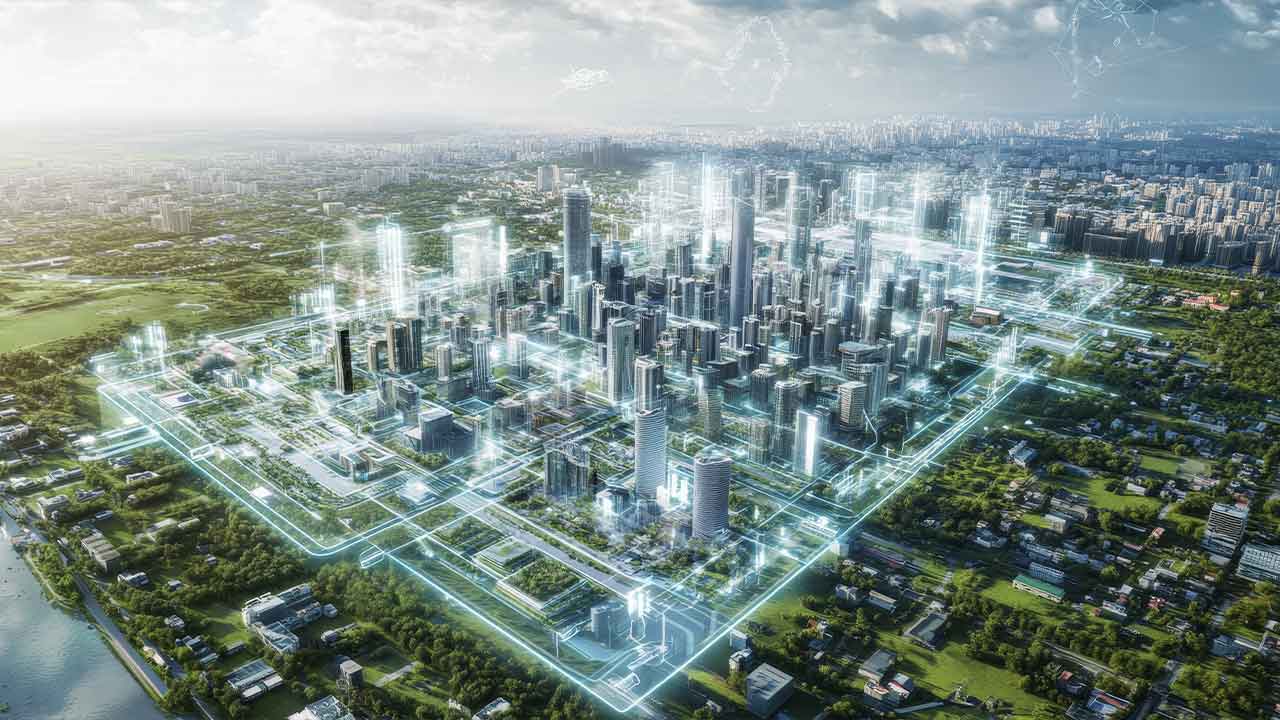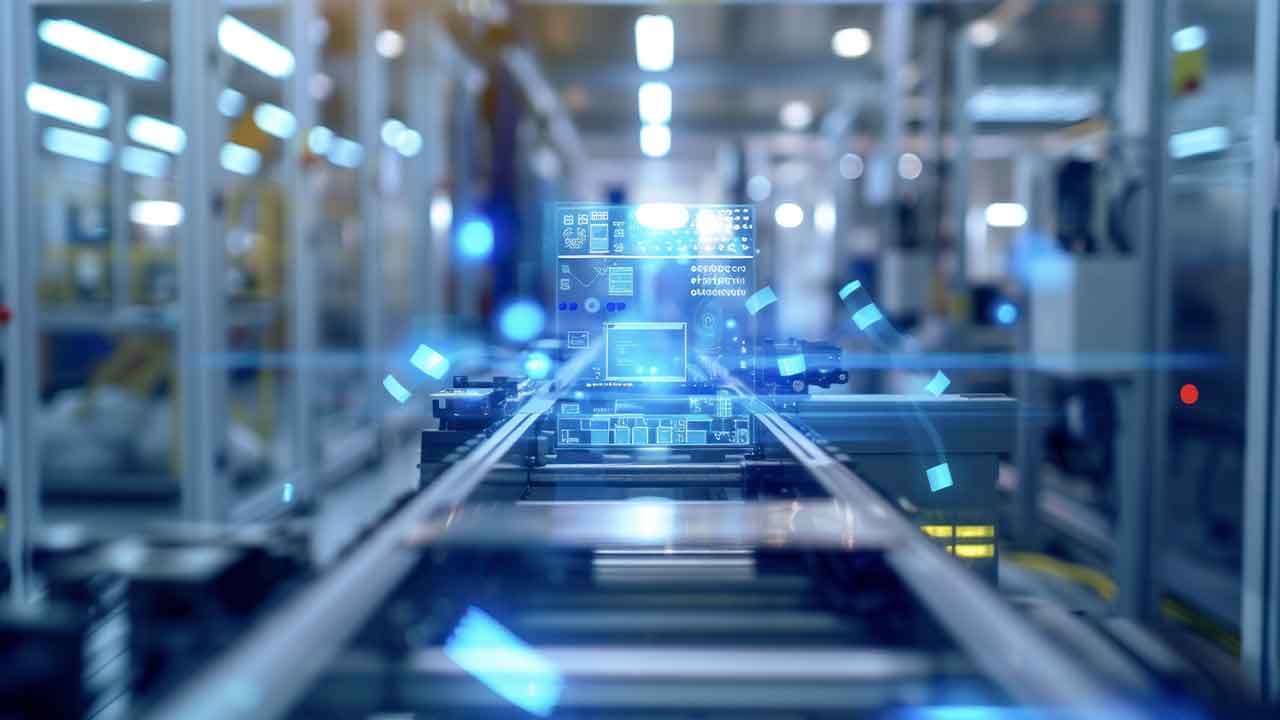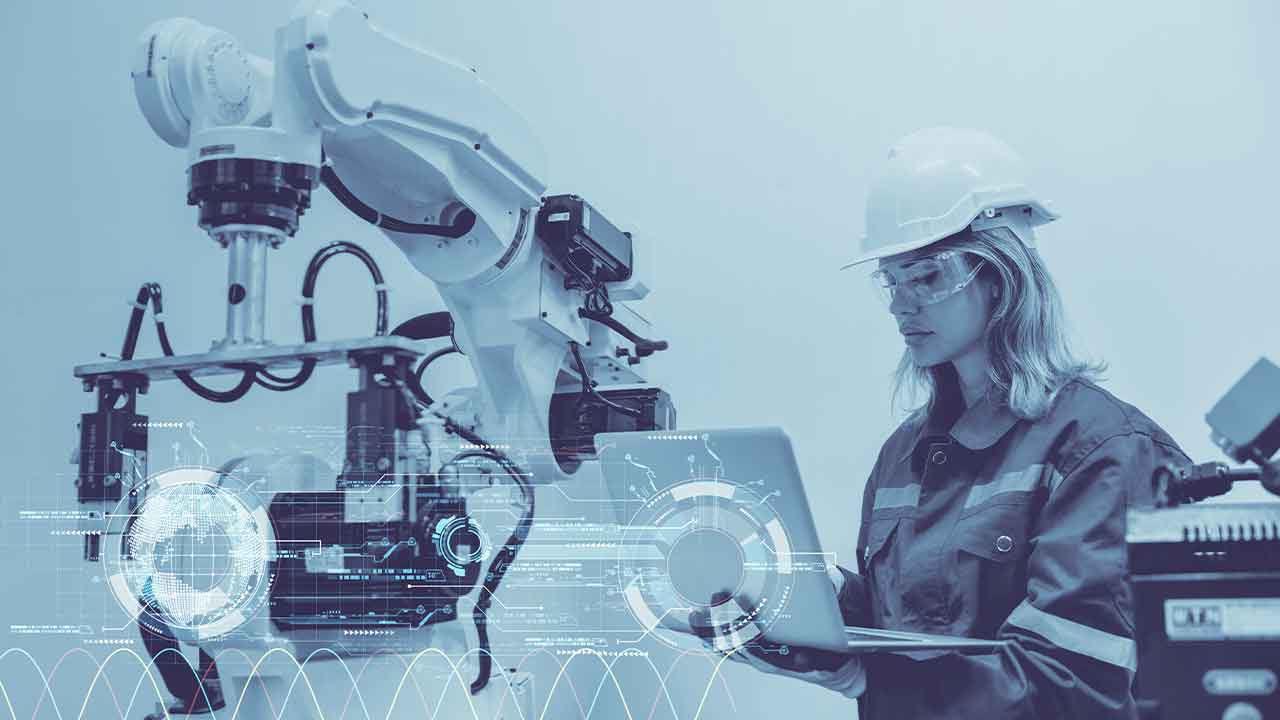Two main urban problems that IoT and AI can solve
Having visited more than 40 countries, 200 cities and lived in six countries in the last 10 years as well as working in the disruptive Internet of Things (IoT) space, the subject of how to solve urban problems and make cities smarter and more citizen friendly is of particular interest to me for both professional and personal reasons.
More than half of the world’s population now live in cities — and the figure will rise to more than two thirds by 2050, according to a United Nations forecast. Growing numbers of city residents put pressure on energy and water resources, transport networks, environment, national healthcare budgets as well as many more aspects of the city. In the last few weeks I have been thinking about the most important problems that the most cities around the world may face, but they can be solved or reduced by Internet of Things and artificial intelligence (AI) enabled solutions. By IoT we simply mean when objects are connected to the Internet and exchange data.
From my everyday professional experience — reading reports, speaking with council representatives, attending smart city conferences, but also from personal exposure to cities as a global citizen and traveler — I identified at least three big problems that many big cities try to deal with. The good news is that the power of technology, especially the IoT and AI, can improve all of them. In this article will discuss about mobility challenges and air pollution.
Urban Problems that IoT and AI can solve
1. Mobility challenges — How to improve citizens’ lives and bring them closer
Urbanization and growing population in most cities are causing more and more problems for the movement of the citizens in their city. Commuting or driving to work and home has become a hassle; congestion in the EU is often located in and around urban areas and costs nearly EUR 100 billion, or 1 % of the EU’s GDP, annually as estimated by the European Commission.
The mobility challenges are plenty and not limited just to traffic congestion. They are also about efficiently connecting (time, cost, effort) different neighborhoods with public means of transport, helping citizens and professionals at the last mile journey, giving access to the critical stations (train, airport, buses) with multiple means and from multiple regions, offering a variety of options to the people to move around (including bicycle), offering of parking slots, and many more. It is also about understanding how citizens move every day in order for city officials to plan accordingly the location of stations, bike routes and traffic lights, as well as to optimise the schedule of each city activity without disturbing others.
Today, thanks to the use of IoT and AI-enabled solutions, cities can be improved and solve — or at least reduce — some of the main urban transportation issues. Here are some examples:
- Optimize availability of public parking slots through real time parking sensors that can show to the drivers where the nearest parking is without going around blindly. Finding parking in less time can reduce both traffic jam and air pollution
- Understand how and when people are moving in the city, from where to where and what is their profile. A city authority which can have this knowledge is able to take much better planning decisions based on data and facts. Some ways to achieve this are by analyzing the anonymous and aggregated mobile data from consumer phones. If this data is combined with other data generated by connected city furniture, then the insights are priceless. Smart city furniture could be connected lights, smart benches, connected traffic lights, and connected street lighting while other city assets could be connected bikes and buses, connected buses and rubbish bins. The analysis of all this combined data can generate insights and automations that we could never think otherwise.
- Plan maintenance and improvements in the road and public transport network efficiently based on the collected data by the IoT enabled assets. For example, big halls on a street can be identified by the data generated from smart bikes/lights due to the shaking sensors. No need to send employees to check or ask citizens to report it (usually after accidents). At the same time, the schedule of when a local authority is appropriate to send the workers to cover the halls can be planned based on the available data from the sensors around that street, so traffic interruptions can be avoided.
Of course, there are even more smart city IoT applications that can improve the mobility in the city. Saying this, improving mobility can improve also air quality. Based on European Commission statistics, urban mobility accounts for 40% of all CO2 emissions of road transport and up to 70% of other pollutants from transport. Take a look at the future transportation challenges.
More about What are Intelligent Buildings?
2. Air pollution — how to do urban planning and reduce air pollution
Urbanization has enormous environmental consequences too. Despite the efforts of some mayors to handle the level of air pollution in their cities, in most cases the quality of the air that we breathe in the cities is deteriorating due to a variety of reasons; the increasing population in urban places, rising car usage, limitations in parking, as well as factories operations.
Apart from the obvious damaging consequences to our health, there is also significant negative impact on the economy of each country. For example, last year alone the costs of air pollution to the National Health Service (NHS) and social care in England were estimated to be £157 million. The latest findings, published in a report from PHE, warn these costs could reach as much as £18.6 billion by 2035 unless action is taken. The researchers explain that these figures are based on costs related to GP doctor visits, medical prescriptions, hospital treatment and social care due to long-term health conditions, and do not take into account economic impacts due to lost productivity. Unfortunately, the economic cost and health impact is tremendous in every country that suffers from similar problems.
With the power of IoT and AI, cities have the ability to understand at a granular level and in real time the biggest air pollution problems, the cause, who is affected and what it means for the citizens. With all these real-time insights the city administrators can take informative decisions about how to tackle the problems and how to prioritize their investments. I am sure in the future we will even see real-time decision making and actions in order to improve the air in the polluted neighborhoods. Today there are a variety of air quality sensors that can be placed in public means of transport, smart furniture such as smart lights, smart benches or anything else that can be connected, such as rubbish bins, bus stations, or bikes. Some environmental information is publicly available, and some can be provided to the local councils in low or no cost on exchange to something else (i.e. license to use city space or add sensors on city furniture). Apparently, if the data from the sensors that measure the air quality is combined with anonymous mobile data from the network of mobile operators, such as of O2, then the insights can be really valuable, as described above. Cities can plan to create new pedestrian streets, new biking routes, electric vehicle chargers or parking spaces based on the air quality levels. Thus, both the combined data from sensors and mobile phones is critical.
In other words, the councils instead of taking decisions based on historic data or opinions, now coupled with expert perspectives they have all the tools to optimize their decisions based on real-time data or even to automate processes based on specific incidents. In addition, now the cities are capable to customize their actions on neighborhood level and take different measures for each neighborhood, instead of acting in the same way for big areas of the city or even for the whole city. Each neighborhood may have different problems and may require different action plans.
The third problem is home care for elderly and vulnerable people. You can read more about this here.
Smart city challenges, partnerships and ecosystems
If we want to see all these solutions at scale, then the type of cooperation between public authorities and private companies has to change. In the past, the traditional relationship was: buyer = public authorities and one-time supplier = private company. This relationship cannot offer sustainable solutions and partnerships today.
A new approach to the city problems (and not only) need to be followed and this is development of a strong ecosystem of partners, meaning many different suppliers with complementary services and skills that are ready to invest resources in order to innovate together with the city, learn together from the pilots and later to scale. This ecosystem needs to include stakeholders from different backgrounds, such as local authorities, local universities, private or public associations, startups and some key corporates. Needless to say, the citizens, as value receivers, need to be involved and kept updated about the ideas, plans and projects in their city, while offering them the opportunities to share feedback and recommendations.
Each stakeholder needs to be able to add incremental value to a specific part of the value chain. One company cannot offer everything, and cities shouldn’t trust all the solutions to one supplier. Partnerships and co-innovation are the magic words in order a city to be able to plan, pilot and scale a IoT smart city solution. Some good city ecosystem examples we can see in the UK are in cities such as Bristol, Manchester and Bournemouth.
New business models to solve urban problems using IoT and AI
Lastly, while IoT changes relationships and build ecosystems, there is a clear need too for new business models, so they can fund all these projects and move them beyond pilots. As we know, most of the cities cannot afford expensive CAPEX (upfront) investments for each new solution they want to deploy. Business models that charge per month or per year (OPEX) are preferable, offering everything ‘as a service’. In addition, revenue sharing concepts or result based charge are ideas that are discussed a lot nowadays and I am sure we will see them applied more and more often.
To sum up, cities are just scratching the surface of what can be done with data and the opportunities of positive urban transformation by the use of technology are plenty. Citizen engagement and attention to data and citizen privacy are required though, because otherwise the irresponsible use of technology or use of technology just for the sake of using it can destroy the benefits that we envision for our cities. Innovative partnerships and business models combined with social and environmental responsibility are necessary in order to make the roadmap to smart cities economically, socially and environmentally sustainable in the 21st century.
More about Planning Smart Cities
Originally this article was published here.
 This article was written by Dimitrios Spiliopoulos. He is passionate about the IoT and new technologies, and has earned an MBA degree from the top-tier IE Business School in Madrid. Currently working as a contractor for the IoT team of Telefonica in London, he previously worked for the global IoT team of Vodafone. Dimitrios is a mentor at several IoT programs, such as IoT Startupbootcamp and IoTUK.
This article was written by Dimitrios Spiliopoulos. He is passionate about the IoT and new technologies, and has earned an MBA degree from the top-tier IE Business School in Madrid. Currently working as a contractor for the IoT team of Telefonica in London, he previously worked for the global IoT team of Vodafone. Dimitrios is a mentor at several IoT programs, such as IoT Startupbootcamp and IoTUK.



